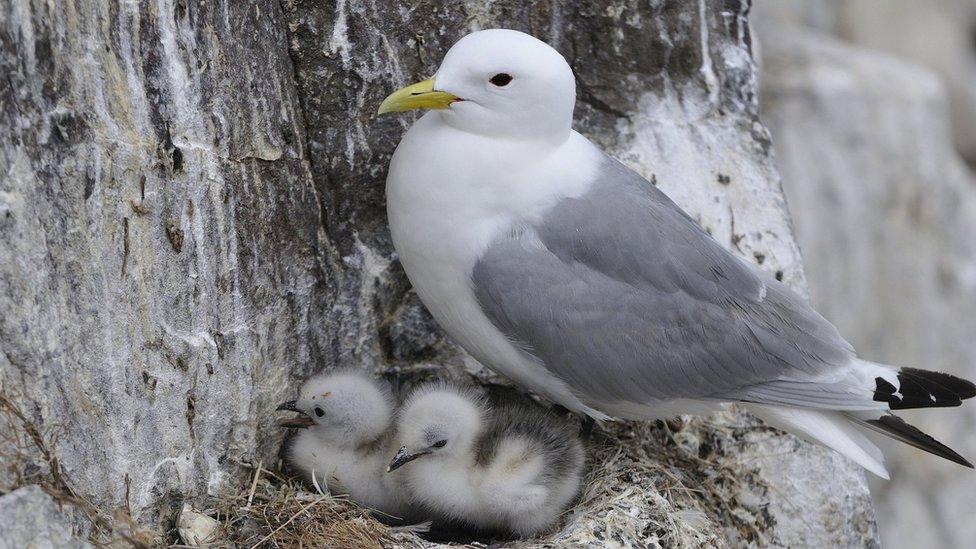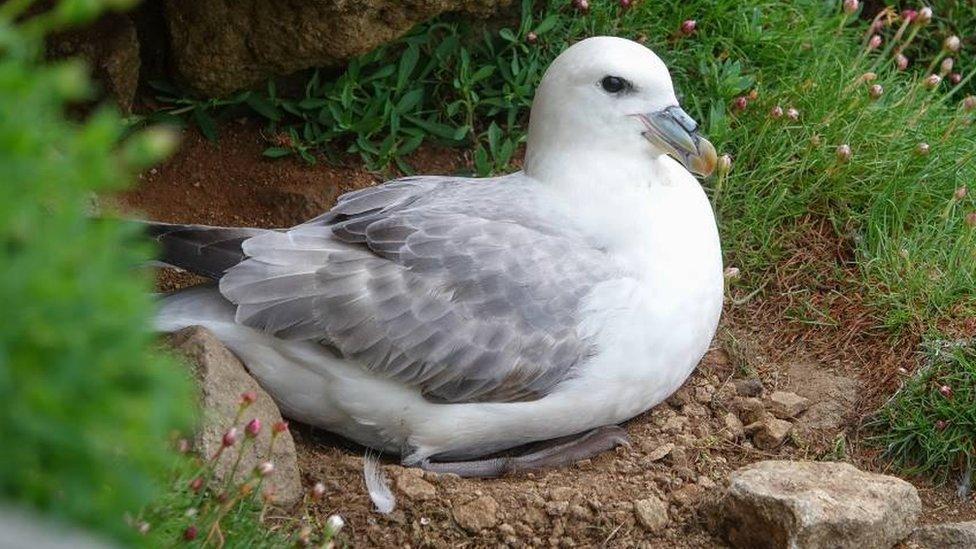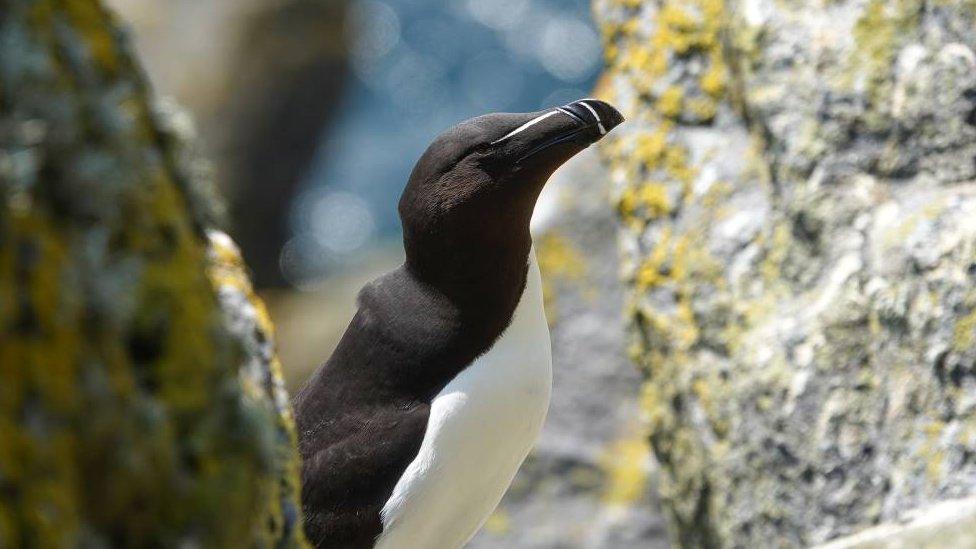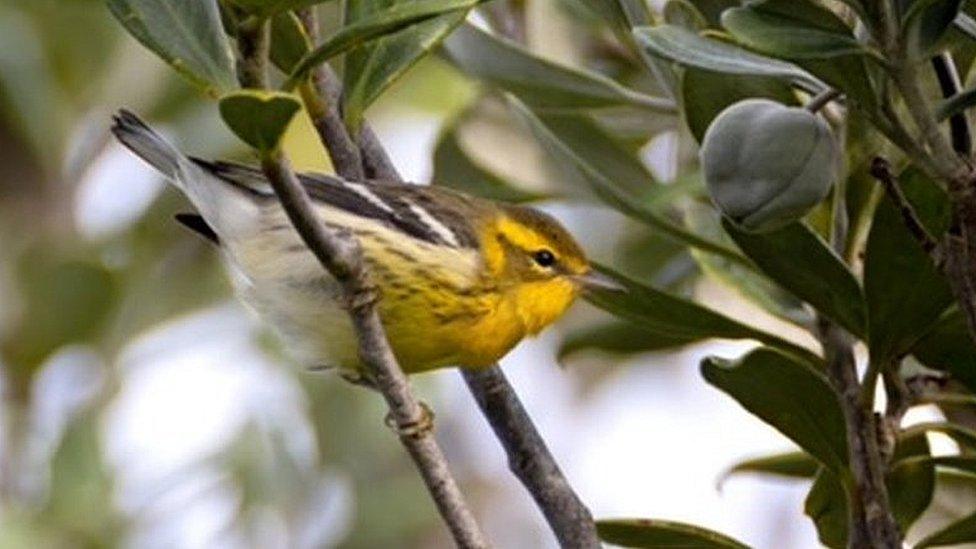Dramatic fall in the number of seabirds on St Kilda
- Published

Kittiwake numbers are down by 84%
The numbers of seabird species living on St Kilda has fallen by 61%, the National Trust for Scotland has said.
A census carried out by the charity found the numbers of fulmars, guillemots, razorbills and kittiwakes on the remote archipelago has fallen dramatically.
The survey found there are more than 45,000 fewer fulmars on the island than there were 24 years ago.
The census is the first full survey of of the islands since 1999.
It found that numbers of kittiwakes, small gulls with lemon-yellow beaks, had declined by 84% since 1999.
Ellie Owen, senior seabird officer at the National Trust for Scotland (NTS), said: "The census took a lot of time and resources to complete but it's incredibly important that we capture this data to identify how wildlife is faring across the places our charity cares for.
"It's only by identifying the declines and trends in our seabirds that we can begin to consider how to help them.

There was a drop in the number of fulmars living on the island too
Ms Owen said they do not have a full picture of what has led to the decline, but issues such as climate change and declines in natural prey have played a part.
She added: "Visitors to St Kilda and our other coastal places will witness incredible wildlife experiences.
"While there are now 20,712 fulmars on St Kilda alone, there used to be 66,934, so it's vital that we don't just accept this and that all of us do everything in our power to help nature to flourish, and to help conserve and protect Scotland's seabirds."

The number of razorbills living on St Kilda has fallen
At one time, St Kilda was the only place in the UK which was home to fulmars. The charity's staff and volunteers were "dismayed" as it became clear there were far fewer of the gull-like seabirds on the island than they had hoped.
For every fulmar nest they counted, there should have been three more.
Guillemots and razorbills have declined by more than 35%.
Susan Bain, Western Isles manager at the NTS, added that the decline was concerning from both a natural and cultural heritage viewpoint.
"The decline in seabirds diminishes the World Heritage Site and is a clear signal that our marine ecosystem is under immense pressure," she said.
Related topics
- Published20 April 2023

- Published14 October 2022
